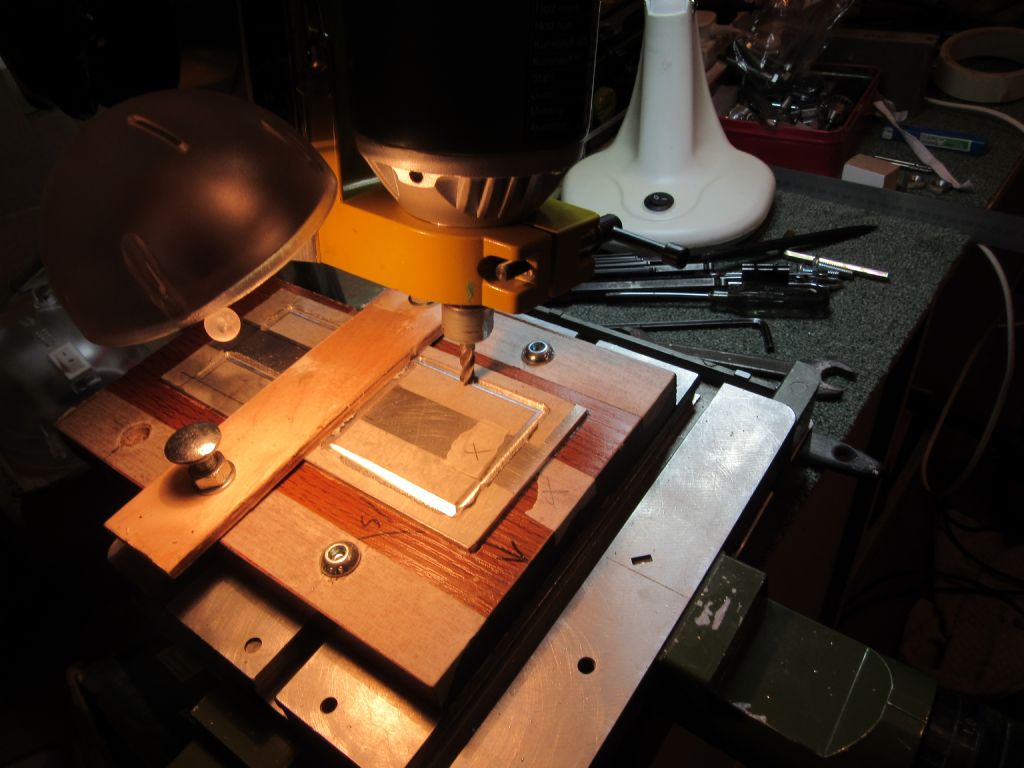Conventional milling techniques have changed over the last twenty years. Today climb milling is the preferred method, but there are some items that need to be addressed before you use it.
Somta Tools has this to say about conventional and climb milling.
In conventional milling the end mill engages the work piece at the bottom of the cut. The end mill teeth slide along until sufficient pressure builds up to break through the surface of the work. This sliding action under pressure tends to abrade the the periphery of the end mill with resulting dulling. Also in conventional horizontal milling the cutting action has a tendency to lift the work piece, fixture and table from their bearings.
In recent years, milling machines have been greatly improved through eliminating backlash and stiffer and better tables and bearing surfaces. To such an extent that climb milling is now possible. Climb milling improves surface finish and increases tool life. Climb milling will often provide better product finish, permit greater feed per tooth and prolong cutter life before sharpening is required. It is particularly desirable to climb mill such material as heat treated alloy steels and non-free machining grades of stainless steels for better tool life and to reduce work hardening. It is not recommended on materials having a hard scale, such as cast or scaly forged surfaces.
Climb milling is not applicable to all milling operations, but where it can be utilised it is a better method.
However, for the home workshop users with small and often less than ideal milling machines, which often have a lack of rigidity and ample power to drive a cutter at the required depth of cut and feed rate, it is better to stick to conventional milling techniques. In any case the milling machine will protest and cause chatter if too high a depth of cut or rate of feed is attempted. Not to mention breakage of cutters if the cutter is not stiff enough to resist flexing or bending. Back lash in lead screws and slides is a common problem with the less expensive machines and the user often needs to resort to locking any unused slide to prevent the cutter trying to pull the work into the cutter – the so-called "climbing action". Tightening of the gib screws to make the slide stiffer to move can also eliminate the sudden taking up of any back lash in the lead screw nut.
A good full flow cutting lubricant feed system does more to reduce chatter, heat removal and promote longer tool life than anything else. The chips that get sheared off the work if they are not removed from the cutter will clog and jam the cutter and spoil the surface finish and cause localised heating of the tool and the work. For those who do not have a full flow coolant system, you don't know what you are missing!
And whilst on the subject of cutting oils, they are designed to be mixed with water, not paraffin or other oils. The water does the cooling, the oil does the lubrication and prevents rusting on the work and machine. Normally a mix of 1 part cutting oil to 20 parts of water is a good starting point. Some oils today work best with a 50:1 mix ratio.
The cutting tool and machine manufacturers are largely driven by the production environment where rate of metal removal is paramount to maximise profit. The amateur machinist does not have this requirement!
Howard Lewis.





